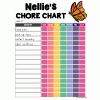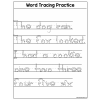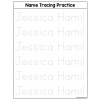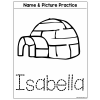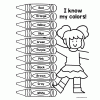Like with any new skill, practice makes perfect – that’s why repetitive A-Z letter formation tracing worksheets like this one have always been a staple of early childhood education.
Worksheets don’t just give kids an opportunity to improve their writing; it also develops muscle memory, which will help them write quickly as they get older.
Printable A-Z Letter Formation Tracing Worksheet Preschool & Kindergarten
This worksheet has a dedicated page for each letter for the alphabet. You can download and print out one, or create a complete A-Z letter tracing worksheets booklet.
Each page has labelled guides for writing each letter in uppercase and lowercase letters, a picture of something that starts with that letter, practice letters to trace, and space for independent writing.
Tracing letters this way also helps with placement of letters which increases neatness in handwriting.
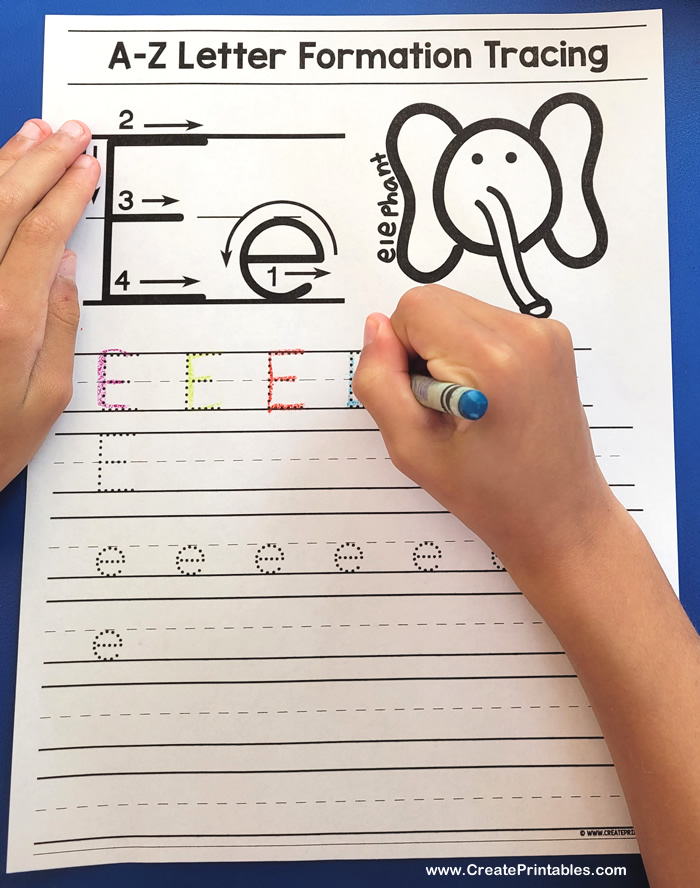
How to Use this A-Z Letter Formation Tracing Worksheet
Too much at once is overwhelming, even with kids who already have some familiarity with the alphabet. Work on one page at a time, taking time to introduce each letter.
- Start by saying the letter out loud, either the child or yourself.
- Identify the picture and accentuate the beginning letter sound.
- Reinforce that the letter is the same sound in both upper and lowercase.
- Have the child colour the picture.
- Get your child to trace the letter at the top with fingers and again with a pencil. You can also use markers or crayons in multiple colors to make it more fun!
- Start with tracing the letters with proper form, then move on to independent writing.
Start With Easy Letters
The easiest letters for kids to learn are A, L, O, and X. From there you can move on to other similar letters like I, T, E, etc. Most kids struggle the most with C, G, J, Q, and Z so save those for last, if possible.
You’d think starting with the hardest letters would be better because they require the most practice, but that just sets both you and the child up for a frustrating experience.
A lot goes into learning to write. In young kids hand-eye coordination is immature, proper pencil grip still requires effort, and the muscles in their hands are still building. By giving a child some easy wins, they’ll feel confident about their skills.
Confident kids are less likely to give up when they reach challenges later.
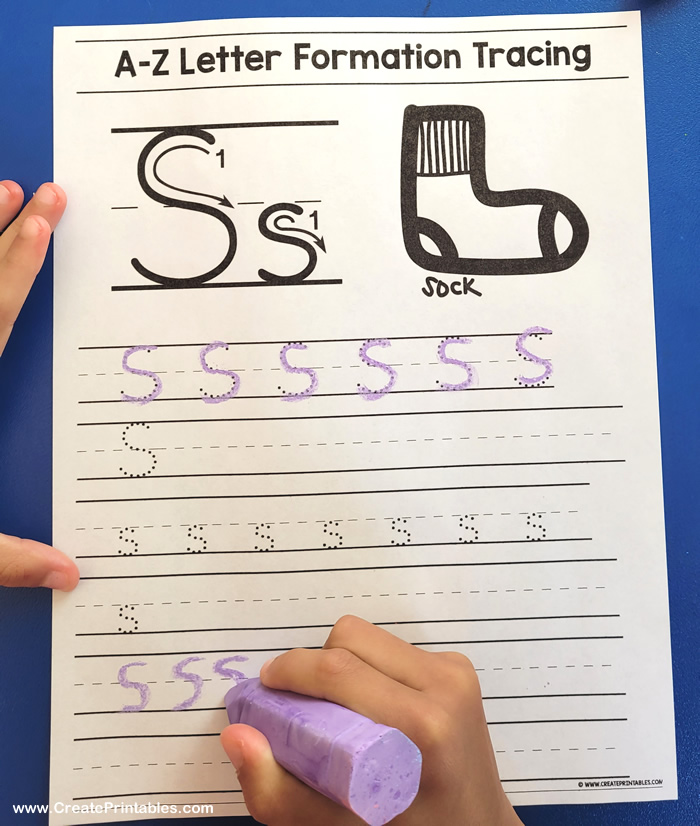
Combine Phonics
Reading and writing go hand in hand. The earlier you start pairing letters with their sounds the easier spelling will be later on.
A “see - say - write” combo helps the brain make stronger connections than just writing out the letter or saying the sound on their own. Use the picture at the top of each page to hear the letter sound, then have your child come up with other words that start with that letter.
Good Form = Good Muscle Memory
It can be tempting for kids to rush through worksheets like this without focusing on proper letter formation. This can lead to bad habits that become harder to unlearn the longer they go unnoticed.
A habit of drawing the circle for an “O” counterclockwise, for example, will cause problems when the child starts to learn cursive.
As the child repeats the formation of each letter, through tracing and writing, it will become natural. Once muscle memory for letters is developed kids can then focus on stringing them together into words and sentences. Letter worksheets like these are great for extra practice or simple morning work.
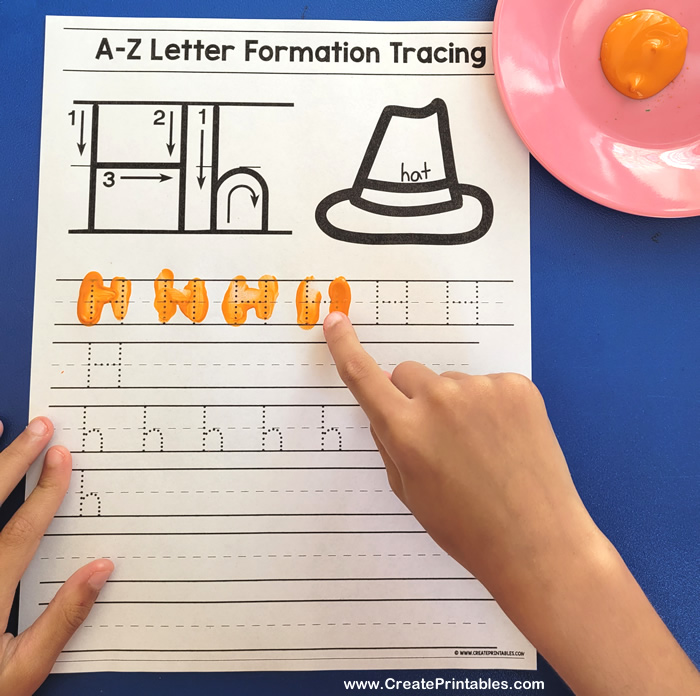
For more free worksheets on letters of the alphabet try these
-
A-Z Tracing in a bubble font
-
Alphabet Letter Chart with either just capital letters or lowercase letters or both. This chart is really good for letter recognition and learning the sounds of letters.
-
Alphabet Look Trace Copy which has been used in classrooms for a while.
-
Free ABC Letter Worksheet which gives kids plenty of practice in both upper case letters and lower case letters.
